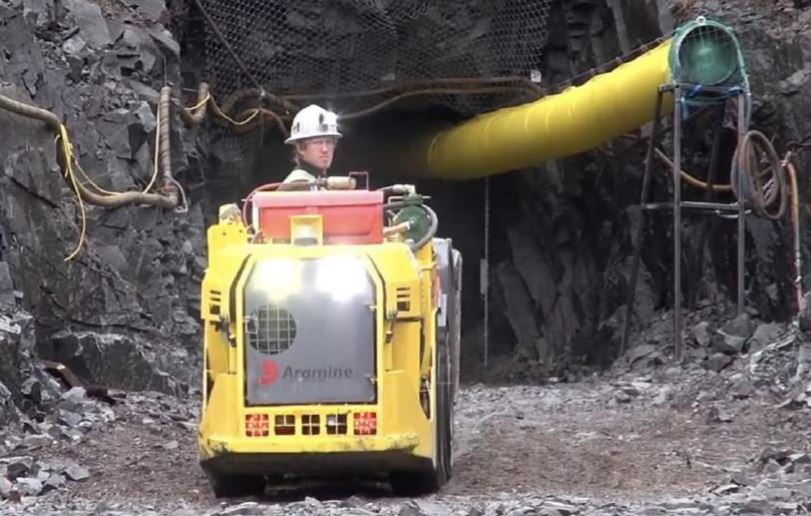Canada Silver Cobalt Works releases Castle resource estimate

Canada Silver Cobalt Works Inc. [CCW-TSXV; CCWOF-OTC; 4T9B-FSE], formerly Canada Cobalt Works, has released results of its first NI 43-101 mineral resource estimate for the early-stage Castle East Robinson Zone discovery in the heart of the past producing Gowganda silver camp, 75 km southwest of Kirkland Lake, northeast Ontario.
Castle East is part of Canada Silver Cobalt’s 10%-owned, 78 km2 Castle property, also featuring the Castle Mine. Late last year the company initiated a follow-up program to a 2011 discovery hole approximately 2 km southeast of the mine, and within 2 km of two other past producers, that returned a high-grade intercept of 40,944 g/t silver (1,194 oz/ton) over a core length of 0.45 metres.
Four holes (CS-19-08W1, CS-19-08W2, CS-19-08W3 and CS-19-W4) were wedged off the 2011 hole followed by four holes (CS-19-20, CS-19-21, CS-20-22 and 23) drilled to intersect the vein zone from a different angle. The latest hole was drilled parallel to and collared 45 metres from the historic hole. Canada Silver Cobalt’s program aimed to delineate the extent of the high-grade mineralization within the Robinson zone that shows very high grades in the form of native silver.
The mineral resource estimate used the four wedge holes and the four holes drilled from surface (CS-19-08W1 to W4; CS-19-20, CS-19-21; CS-20-22 and CS-20-23) and one historical drill hole (CA1108).
This resource estimate was independently prepared by GoldMinds Geoservices Inc. in accordance with NI 43-101 standards and is dated May 28, 2020.
Notably, zones 1A and 1B have an average silver grade of 8,582 g/t (250.2 oz/ton) in a combined 27,400 tonnes of material for a total of 7,560,200 inferred ounces using a cut-off grade of 258 g/t silver equivalent.
Only a fraction of Castle East has been drill-tested. Historically, the area received little exploration attention due to extremely limited diabase outcrop (unlike the western side of the Camp). A new round of diamond drilling has begun (Phase 2) at the Castle East high-grade silver discovery which is open in all directions.
Matt Halliday, VP-Exploration, commented: “We’re excited to continue drilling numerous remaining exploration targets. We’re seeing some phenomenal grades at Castle East, consistent with historical discoveries in the broader district going back to the early 1900s. We see strong potential to expand and upgrade the known Inferred resource estimate, including higher up in the diabase, given the multiple targets we have.
“Importantly, such a high concentration of metal in zones 1A and 1B of the Robinson Zone provides a bull’s eye target for a ramp strategy aimed at accessing these pods of extremely high-grade material while also creating underground exploration platforms that can efficiently follow the vein structures,” Halliday added. “That’s how Agnico Eagle (Castle Mine) and others succeeded in this district – they went straight to the accumulations of native silver. We will incorporate that strategy while also taking advantage of new technology to ensure that Canada Silver Cobalt’s exploration toolbox is the most modern and effective in the Camp.”
With underground access at Castle, a pilot plant to produce cobalt-rich gravity concentrates on site, and a proprietary hydrometallurgical process known as Re-2OX for the creation of technical-grade cobalt sulphate as well as nickel-manganese-cobalt (NMC) formulations, Canada Silver Cobalt is strategically positioned to become a vertically integrated North American leader in cobalt extraction and recovery while it also exploits a new silver-gold market cycle.
